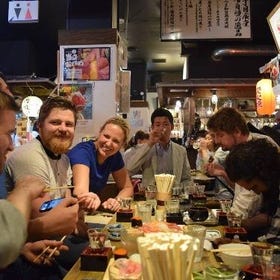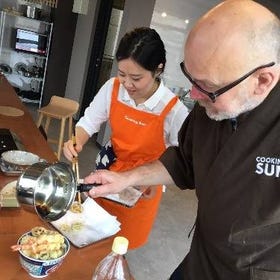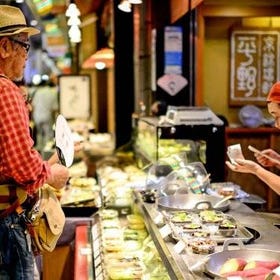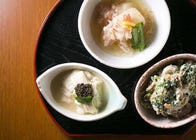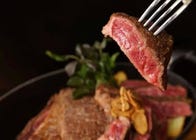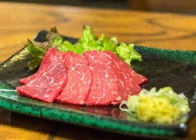
Kyoto, the ancient capital of Japan, offers beautiful temples and historical sites to visit - but for many visitors to the city, the delicious food is the main draw.
For those who want a foodie day in Kyoto, we’ve put together an itinerary especially for those trying to make the most of their time there, and wanting to sample everything that Kyoto has to offer.
Main image: PIXTA
- Itinerary Summary: 8 hours
- Areas and places visited: Nishiki Market, Gion Area, Pontocho Alley, Shijo Kawaramachi Area
Tips to make your foodie trip the best one yet

Embarking on a foodie trip can be an exciting adventure for any traveler. The prospect of exploring new culinary experiences, savoring exotic flavors, and trying local delicacies can be thrilling.
To ensure that your foodie trip is the best one yet, there are a few tips and tricks that you can keep in mind. These suggestions can help you navigate through the local food scene, make the most of your time, and create memories that will last a lifetime.
・Make reservations.
Kyoto is an extremely popular tourist destination, and advance reservations are recommended. Be sure to honor your reservation and avoid a no-show. If you need to cancel, call ahead at least 24 hours before to inform them as restaurants order ingredients specifically to accommodate for the number of expected patrons that day, and no-shows will cause inconvenience and food wastage. It’s also not uncommon for restaurants to take a credit card to confirm your reservation. Be sure to read the fine print carefully to see when you’ll need to cancel by a certain date or time to avoid a no-show fee.
・Plan your trip around bus schedules.
With buses being the most convenient option to get around Kyoto, this will ensure that you won’t be standing around waiting for the bus at every stop. Buses in Japan typically run like clockwork, and their timings are precise. Check the bus schedule, which can be found at each bus stop, to see what time you’ll have to return to catch your next bus.
・Ask before taking photos when possible, and if there is a sign asking you not to take photos, respect it.
Not everyone wants to be photographed! As a very popular tourist destination, Kyoto gets its fair share of visitors, many of whom are eager to snap away to retain memories of this beautiful city. However, it is always best, particularly at shops and on the streets, to ask before taking photos of other people, or of the shops.
08:30 a.m.: Start the day off with a hearty hotel breakfast
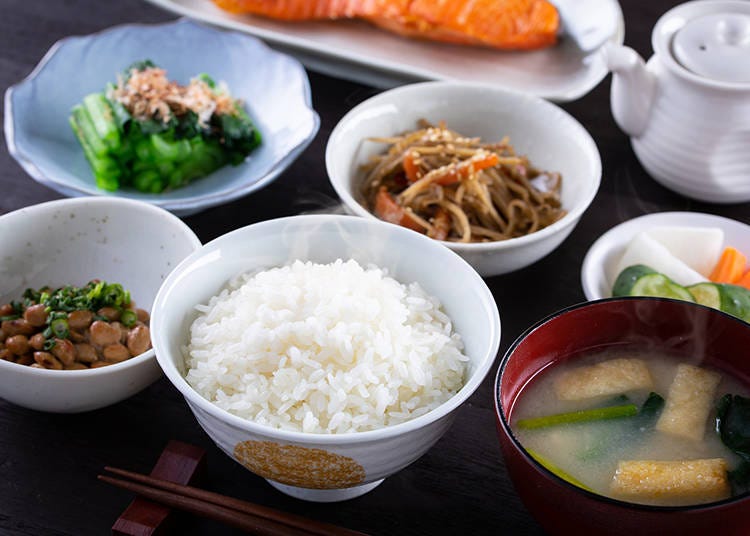
Most hotels and ryokans offer a choice between Western-style breakfasts or Japanese-style breakfasts. Choose the latter if you can, as Japanese-style breakfasts usually feature local cuisine incorporating seasonal ingredients. A typical Kyoto breakfast consists of rice served with miso soup, grilled fish, and a variety of small side dishes.
09:30 a.m.: Get caffeinated or take a break before the day begins
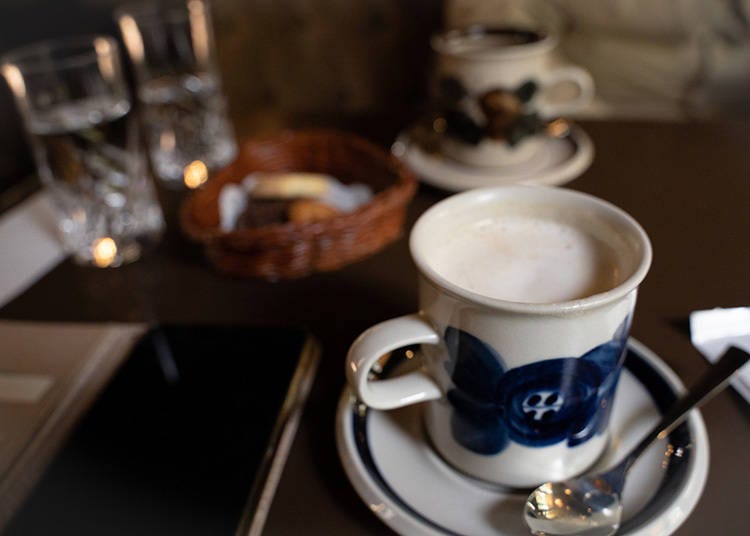
Find a kissaten, a Japanese-style cafe, to get yourself a cup of coffee (or tea) before beginning the day. There are two types of kissatens, one where orders are taken at a counter and you’ll wait for your drink order before grabbing a seat. There are also kissatens with a menu, and you can order for table service. Look out for a kissaten by finding little establishments with a sign at the door, or neon lights saying “coffee.” Kyoto is a city with a lively ‘morning’ scene at kissatens - which is used here to describe a simple breakfast of toast and eggs with coffee or tea.
Two great kissatens that can be found scattered around the city and are local favorites would be Ogawa Coffee and Takagi Coffee. Both kissatens are great for a dark roast coffee.
Note also that some kissatens also allow indoor smoking. If you’re a non-smoker it would help to let the wait staff know before you are seated.
10:00 a.m.: Snack your way through a Depachika
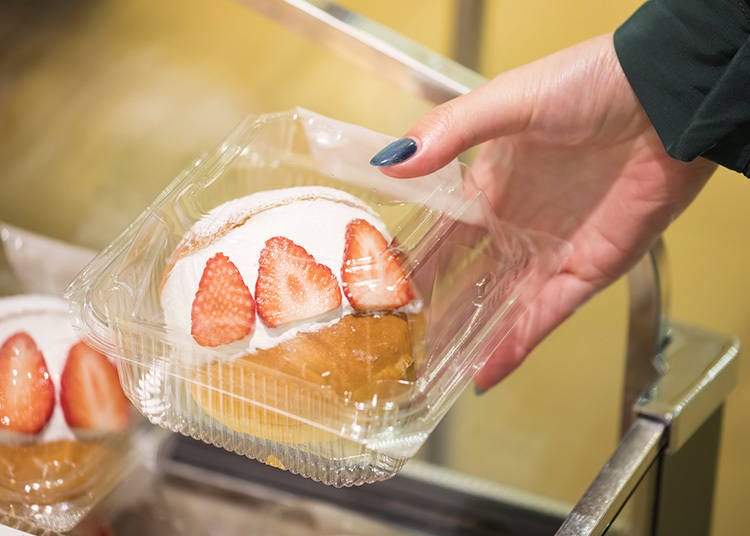
Take a walk through a depachika, a department store basement, where you will be spoilt for choice on what to eat and buy. Takashimaya on Shijo-dori in the center of the city is a great place to make that stop. Depachikas are a one-stop shop for foodies. You can find anything here you may be craving - from small appetizers for a quick bite to bentos to fruits, desserts, and perhaps even juice or wine. The only risk with depachikas? Eating too much before being able to make your next stop.
- Try going to a depachika half an hour before closing, as fresh and cooked food will be discounted to prevent food wastage, a perfect stop if you think you might want a small snack in the evening.
11:00 a.m.: Visit Kyoto’s kitchen, Nishiki Market
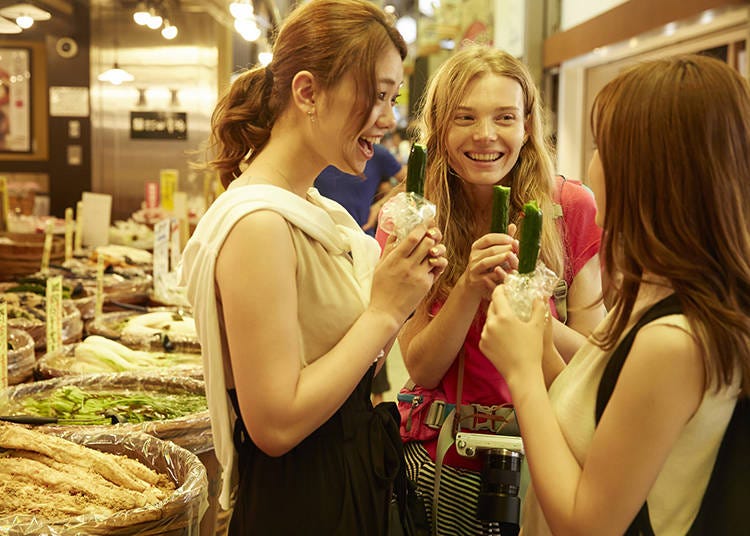
Known as Kyoto’s Kitchen, Nishiki Market has everything you might need that is food related, including fresh produce, delicious treats, seasonal foods, souvenirs, and even knives and cookware. The market has over 400 years of history and has over 130 stalls, shops, and restaurants spanning its 390 meter-long space. There’s plenty to explore, and tons to eat, and it is the perfect place to understand Kyoto’s food culture, and see all that Kyoto is proud to produce.
Some things you might expect to see, and eat, at Nishiki Market are mochi (sticky rice cakes) in many different flavors and shapes; satsuma age or fish cakes with various fillings such as corn, cheese, or sliced vegetables; wagashi, Japanese sweets that are intricately designed and made to look beautiful and complement your cup of matcha tea; daigakuimo, or sweet potato coated with sugar; and of course fresh tofu, both for cooking and for snacking. If you’re looking for souvenirs, try the tsukemono or pickled vegetables, dried fish, which can be eaten as snacks or used to make soup broth, or matcha powder, as well as all of the things you might need to make a bowl of matcha the traditional way, with a bamboo whisk and clay mugs.
Nishiki Market can be really crowded on the weekends. Go at odd hours to avoid a large crowd, and to have a more enjoyable experience.
Also, a few points to keep in mind when visiting markets in Japan. If you’re getting food to-go, it is considered impolite to eat on the streets or to eat on the go. Eat where you bought your food, and bin the waste at the stall, or hand it back to the shop owners if allowed. Markets are also great fun, and you’ll be constantly enticed by the many samples different shops will offer. Be respectful and taste, but do not treat it as a buffet, as the expectation would be a purchase if one asks for more than one sample.
1:00 p.m.: Enjoy a traditional Kyoto lunch downtown
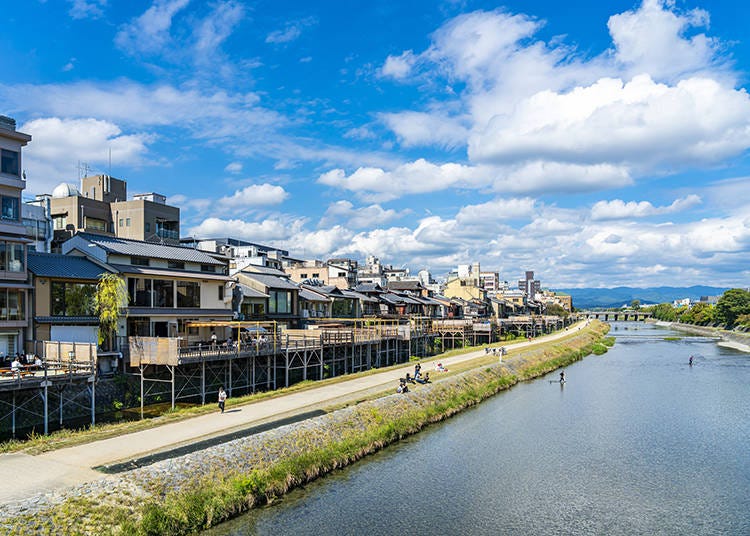
Venture downtown to pick your restaurant of choice to settle down for lunch. If you’re not keen to walk too far, try the Gion area, where there are endless options in the beautiful machiyas (traditional wooden houses) lining the area. Gion is also Kyoto’s famous geisha district, and the atmosphere here is elegant, calm, and quiet, perfect also for a mid-afternoon photoshoot opportunity.
An option a little further away from the downtown area would be Ten You, a specialty Tempura restaurant near the Kamogawa Delta with 1 Michelin star. A perfect location for an after-lunch walk, this is also where locals in Kyoto relax, date, and chill in the city.
3:00 p.m.: Take a break with tea and wagashi
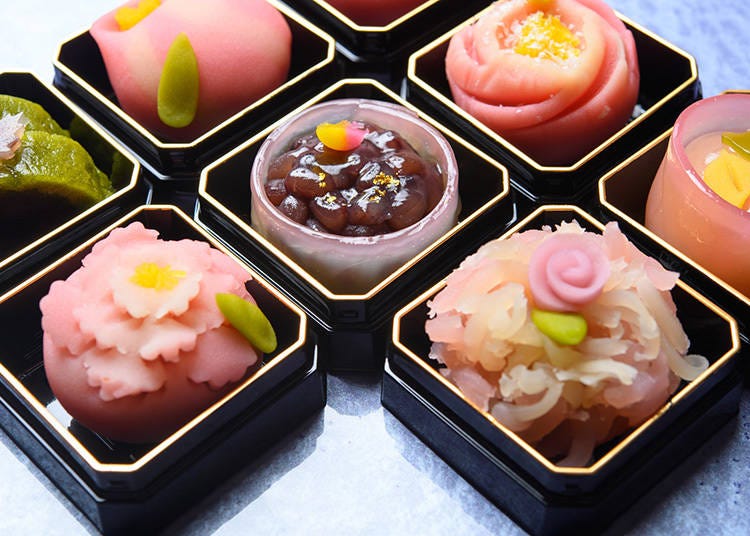
In Japanese, the phrase “oyatsu no sanji” refers to a 3 o’clock snack. A mid-day break, this small snack is perfect with a wagashi break. Wagashi are traditional Japanese sweets. Often served with matcha, Kyoto is where the art of matcha and wagashi reached its pinnacle. These beautifully crafted pieces of dessert include kyogashi, Kyoto-styled wagashi where each dessert resembles edible art eaten at tea ceremonies, as well as mochi, dango, and other Japanese desserts.
Look for one of the many wagashi shops around Kyoto for your 3 o’clock snack, with many of them offering a cup of tea to go with your dessert of choice. For those who love to cook, you could also learn how to make your own wagashi for a fun afternoon activity.
Check out Bunnosuke Chaya Honten, a teahouse dating back to the early Meiji period, for warabimochi and tea, or for those seeking a tea house with a green view, Kanoshojuan Kyoto Teahouse for their wide variety of sweets. For parfait lovers, try the matcha parfaits in Gion at Kaden Kyoame Gion Koishi where long queues are always expected thanks to its popularity, or Giontamejiro.
7:00 p.m.: Indulge in a scrumptious dinner - kaiseki, or obanzai?
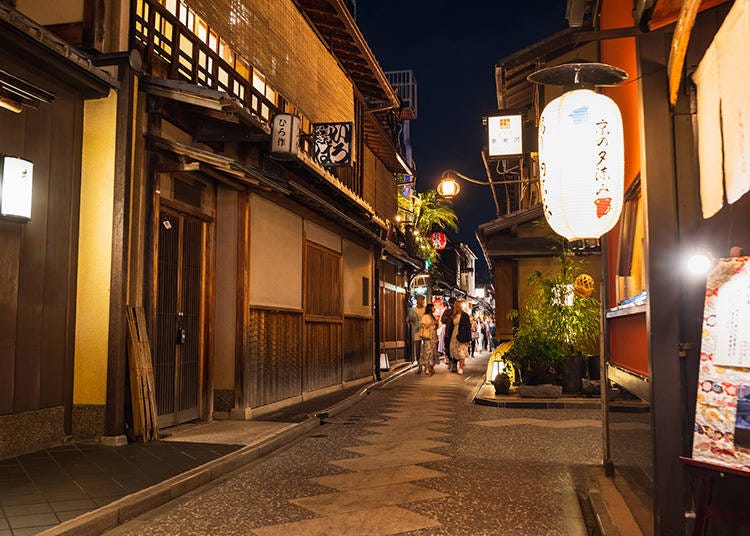
There are two things you need to try in Kyoto. One would be kaiseki, a traditional multi-course Japanese dinner, and the other is obanzai, a traditional style of Japanese cuisine native to Kyoto. Once served during Japanese tea ceremonies with the intention for guests to taste a variety of dishes, Kaiseki has evolved into an elaborate fine dining affair with an emphasis on seasonal ingredients. It is one of the most beautiful elements of Japanese food culture, and is a luxurious way to end your foodie day.
Head to Sangencha, a kaiseki restaurant with a Michelin star, or Kinmata, a restaurant dating back to 1801, for an unforgettable experience.
Obanzai, on the other hand, tends to be casual, with an almost home-cooking vibe. Cooked with ingredients produced, or processed in Kyoto, it is a celebration of all things Kyoto. Obanzai are also seasonal, and are also creatively incorporated with ingredients usually discarded as garbage to prevent food wastage. Obanzais at night are usually served with drinks, and eaten almost like tapas, with a variety of small dishes topped with a glass of sake.
Other recommended dining locations in Kyoto
-
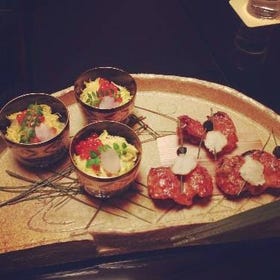 Kenninji Gion Maruyama - Michelin Starred Kaiseki in Kyoto Gion
Kenninji Gion Maruyama - Michelin Starred Kaiseki in Kyoto Gion
Image: KLOOK -
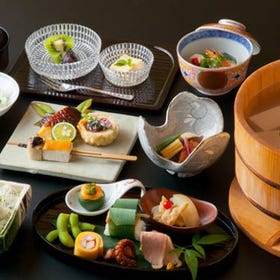 Nanzenji Junsei (南禅寺 順正) - Traditional Kyoto Tofu Dishes
Nanzenji Junsei (南禅寺 順正) - Traditional Kyoto Tofu Dishes
Image: KLOOK -
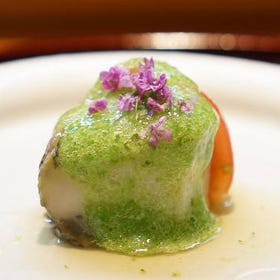 Gion Nanba (祇園なん波) in Kyoto Gion - Michelin one Starred Kaiseki
Gion Nanba (祇園なん波) in Kyoto Gion - Michelin one Starred Kaiseki
Image: KLOOK -
 Kyo Kurozakura (京 黒桜) in Kyoto Gion
Kyo Kurozakura (京 黒桜) in Kyoto Gion
Image: KLOOK -
 Kichisen in Kyoto Gion - Michelin Three Starred Kaiseki Restaurant
Kichisen in Kyoto Gion - Michelin Three Starred Kaiseki Restaurant
Image: KLOOK -
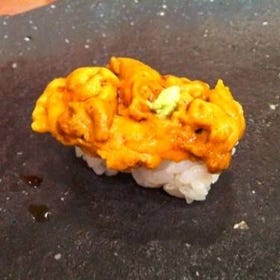 Gion matsudaya Michelin Starred Sushi in Kyoto
Gion matsudaya Michelin Starred Sushi in Kyoto
Image: KLOOK
9:00 pm: Grab a drink at one of Kyoto’s bars

To end off your foodie day, head down to Kyoto’s dining scenes with plenty of restaurants and izakayas open past midnight in Pontocho or the Gion area. Keep a lookout for craft beer bars, particularly those brewed in Kyoto, or gin bars. There are also a ton of cocktail options, as well as sake bars in the area. Kanpai (cheers)!
Have more time to spare? Spice up your time with a foodie tour of experience!
Kyoto has a lot more to offer foodies. For a bit of spice on top, try out these recommended tours and experiences. From a walking tour to taste Kyoto for those who love to walk, to a cooking course and a private Nishiki market tour for cooking lovers, or even a meal with a maiko (apprentice geisha - think the new Netflix series Makanai, featuring a maiko house and their staff meals), there are a lot of options for you to get more out of your time in Kyoto.
Other recommended Kyoto food tours
Too much to do, too little time in Kyoto
There’s always an endless list of opportunities in Kyoto for the insatiable foodie. From a hearty breakfast to street food, desserts, as well as meals ranging from specialty tempura to formal kaiseki to the casual obanzai restaurants, you’ll be hard-pressed to find enough stomach space to complete them all.
Whether you plan your own itinerary with the help of our article, or join a tour, you’ll be sure to make the most out of your experience. But most importantly, learn to say itadakimasu before your meal and enjoy Kyoto!
*Prices and options mentioned are subject to change.
*Unless stated otherwise, all prices include tax.
Popular Tours & Activitiess
Recommended places for you
-

ISHIDAYA Hanare
Yakiniku
Kobe, Sannomiya, Kitano
-

Kanzenkoshitsuyakinikutabehodai Gyugyu Paradise Sannomiya
Yakiniku
Kobe, Sannomiya, Kitano
-

Jukuseiniku-to Namamottsuarera Nikubaru Italian Nikutaria Sannomiya
Izakaya
Kobe, Sannomiya, Kitano
-
Coupons

Puppy Café Rio Kyoto
Culture Experience
Gion, Kawaramachi, Kiyomizu-dera Temple
-
Events

kimono rental botan
Culture Experience
Shinsekai, Tennouji, Tsuruhashi
-
Goods

Yoshida Gennojo-Roho Kyoto Buddhist Altars
Gift Shops
Nijo Castle, Kyoto Imperial Palace
-
Ad

Discover Timeless Beauty: Kimono-en, a Web Magazine Exploring the Spirit of Kimono
-

New Way to Reach Koyasan! Ride Nankai's 'GRAN Tenku' for a Heavenly Journey
by: Guest Contributor
-
Ad

Café Bahnhof in Osaka: The home-roasted coffee that captivated G20 leaders!
-

Kyoto's Hidden Treasures Open This Winter! Enjoy Exclusive Access to 15 Rare Cultural Sites (Jan-Mar 2026)
by: Guest Contributor
-
Ad

Recharge and Relax with a Healing Getaway at Kamenoi Hotel Toba
-

Celebrate a Dreamy Barbapapa Christmas at JR Osaka Station's Twilight
by: Guest Contributor
Inspiration for Accommodations
-

Spacious Family Hotel in Namba: 20 Comfortable Stays for Family Fun
-

Charming Hotels to Enjoy the Spectacular Views of Arashiyama's Autumn Leaves from Your Room
-

Experience Stunning Views of Osaka Castle from Private Spaces: Top Hotels Near Osaka Castle
-

Recommended by Visitors! Arashiyama's Best-Rated Hotels
-

Family-Friendly Universal Studios Japan Hotel with Excellent Access
-

Enjoy a Comfortable Stay in Osaka! 10 Hotels with Convenient Airport Shuttle Services
-

Top 10 Recommended Hotels Near Namba Station with Great Access
-

Enjoy Night Views from Your Room! Recommended Hotels in Namba Area
-

Kyoto in Bloom: Enjoying Fun Rickshaw Rides & Scenic Train Trips
by: Miyu Shimada
-

Enjoy a Deeper Connection to Japan With Fascinating Cultural Experiences in Kyoto and Osaka
by: James Davies
-

Japan's Bath Culture: Tips You Should Know!
-

3 Best Hotels in Kobe, Japan with Amazing Views of Kobe Bay!
-

Kyoto Sightseeing Day Tour: Get the Most Out Of Kyoto's Scenic Areas With This Guide!
-

Todai-ji Temple: Home to the Great Buddha of Nara - And a Nose Hole That Brings You Luck!?
by: WESTPLAN
- #best gourmet Osaka
- #things to do Osaka
- #what to do in kyoto
- #what to bring to japan
- #best gourmet Kyoto
- #new years in Osaka
- #what to buy in nanba
- #Visiting Osaka
- #onsen tattoo friendly arima
- #daiso
- #Visiting Kyoto
- #best japanese soft drinks
- #japanese fashion culture
- #japanese convenience store snacks
- #japanese nail trends













